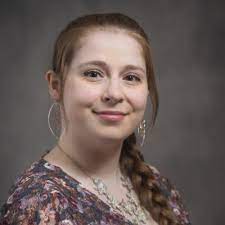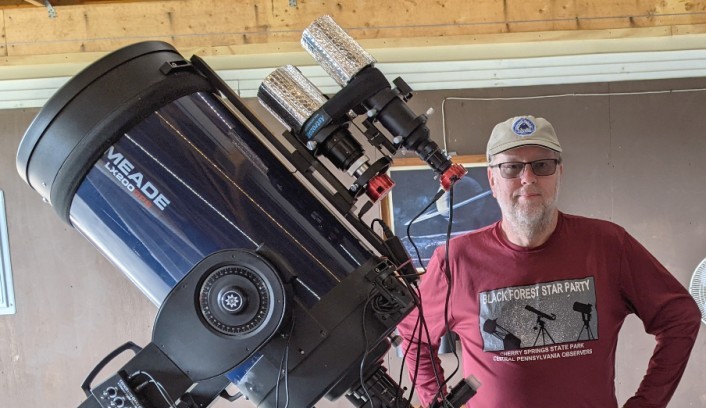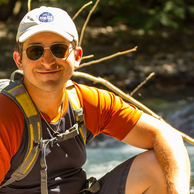Speakers

Keynote: Dr. Darren Williams
“Ways to Form the Moon”
How and when did the Moon form? The answer may be: When the Earth was young – less than one-hundred millions old – a planet hit the Earth. If true, then the Moon might have formed out of the collision debris launched into orbit around the devastated Earth. Or, perhaps the Moon was captured by the invisible hand of gravity without a collision. Well, which is it? And how are we to know?!
Keynote speaker Darren Williams will describe what is known about the Moon and use the facts to debate the merits of old and new ideas for how and when it formed.
Biographical Information:
Darren Williams is a Professor of Astronomy and Astrophysics, and Planetary Science at Penn State Behrend in Erie, Pennsylvania. In addition to teaching astronomy, he studies the climates, orbits, observable characteristics, and dynamical evolution of planets and satellites. He is perhaps best known for his innovative work on the formation and habitability of exoplanetary moons, as well as the climates of Earth-like planets with unusual spins and orbital shapes. His present work is on the final stages of planetary accretion, the formation of the Moon, and designs for a new miniature space telescope (The “Pale-Blue-Dot” Telescope) to remotely observe the terrestrial planets at sub-pixel resolution.

Phoebe Sandhaus
Title: The Consequences of Satellite Mega-Constellations and Space Junk
Summary: Recently, we’ve seen an explosion of satellites being launched into Low Earth Orbit by private corporations. This drastic increase in the number of satellites in LEO poses many unintended and far-reaching consequences for professional and amateur astronomers, as well as society as a whole. It is imperative that we understand these ramifications before it is too late to mitigate the harm caused by them. Together, we will learn about what guidelines should be followed and pushed forward to preserve the beautiful environment of the night sky.
Bio: Phoebe Sandhaus is an Astronomy and Astrophysics Ph.D. candidate at Penn State. She has been awarded the Cecilia Payne-Gaposchkin Science Achievement Graduate Scholarship in Astronomy and the Astronomy Department DEI Award. Phoebe has a B.S. in Physics from UMBC and an M.S. in Astronomy and Astrophysics from Penn State. Currently, her primary research uses computer simulations to study planet formation theories. In her free time, she loves playing video games, doing jigsaw puzzles, and making cross-stitch.

Larry McHenry
“Galileo – The First Optical Astronomer“
Today we are going to look back at the life of Italian astronomer Galileo Galilei, the first astronomer to observe the heavens using a telescope of his own creation and publish what he had seen. A late date ‘Renaissance Man’ who helped propel the science of astronomy into the ‘Age of Enlightenment’.
We’ll also cover his greatest contributions – his observation of the Moon and the “Galilean” objects that amateurs can observe today.
South Hills resident Larry McHenry has been active in amateur astronomy for over 40 years, and is a member of the Kiski Astronomers, and the Oil Region Astronomical Society (ORAS) in Western Pennsylvania. One of Larry’s favorite astronomical activities is studying the historical forefathers of today’s amateur astronomers, and EAA observing their solar-system and deep-sky discoveries.
You can learn more about Larry’s astronomical interests online at his webportal: http://www.stellar-journeys.org

Dave Farina
Nova of T Coronae Borealis and the Interconnectedness of the Cosmos
Periodically, events such as the Nova of T Coronae Borealis provide an opportunity to help tell a story about how our universe works. Throughout this talk, Dave Farina will provide background information on the science of Nova events, and how best to observe the Nova of T Coronae Borealis with the naked eye. These phenomena provide a mechanism to tell the story of the life cycle of stars through stellar evolution and enrich our perspective of our cosmos.
Biographical Information:
Dave Farina is a high school science teacher, adjunct instructor at Harrisburg Area Community College, amateur astronomer, and founder of CosmosSafari.com. Over the years, Dave has strived to “bring the universe closer than you think” for his students and the general public through outreach with local astronomy clubs, his website, social media, and YouTube content.